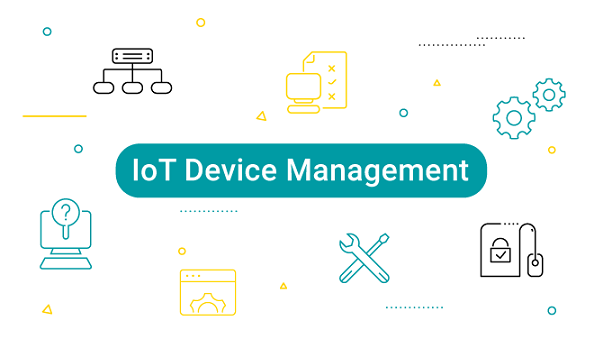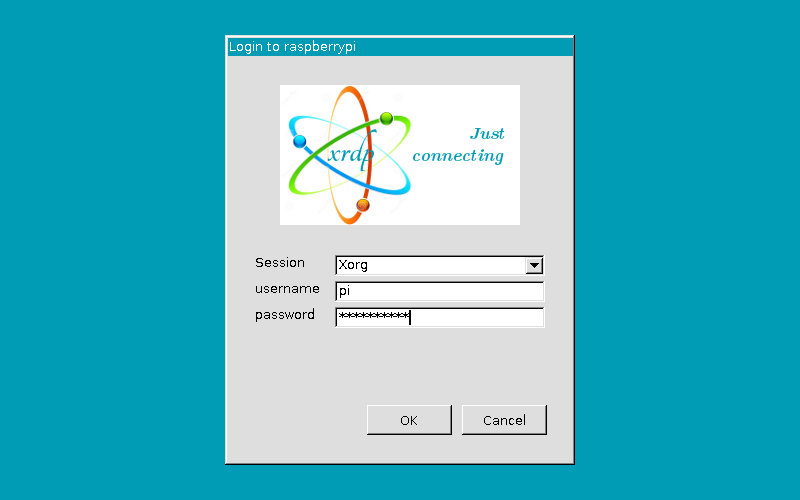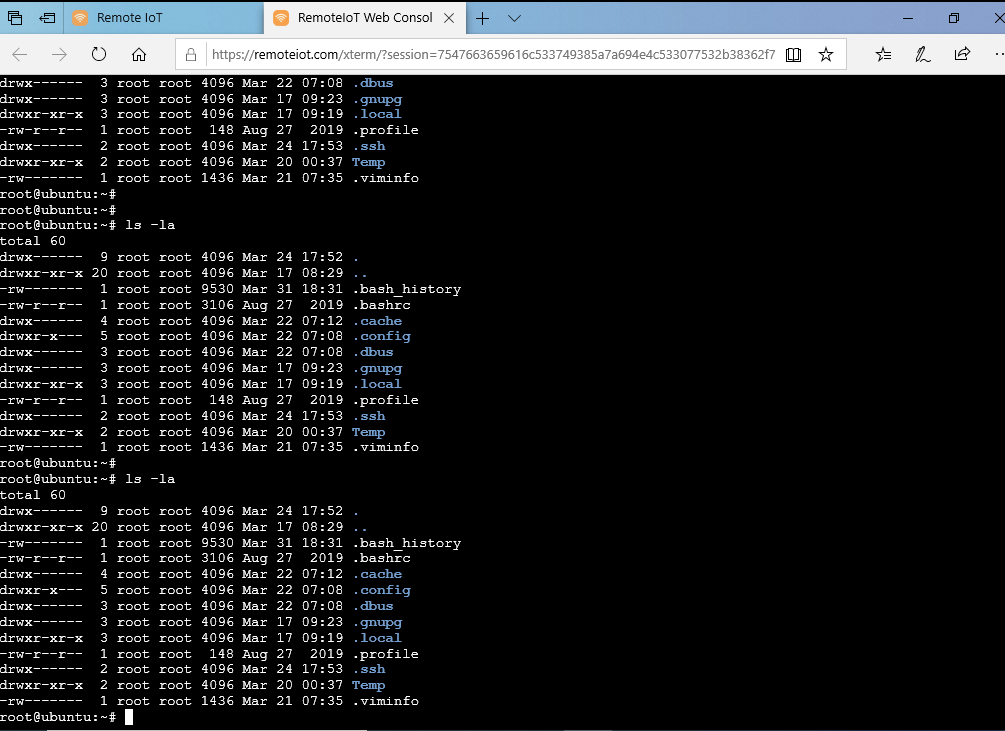Navigating the Digital Landscape: Remote Access Solutions for IoT Devices
In the digital epoch, the Internet of Things (IoT) has seamlessly integrated into our daily existence. This omnipresence across homes and industries necessitates reliable remote access solutions. The focal article explores the advancements in IoT remote access, highlighting the pivotal role of technologies like Secure Shell (SSH), Virtual Network Computing (VNC), Remote Desktop Protocol (RDP), and web browsers. These innovations are not just altering, but revolutionizing our engagement with smart devices. They ensure seamless operation, maintenance, and interaction with the burgeoning network of IoT devices, underscoring the significance of robust remote access in the IoT domain.

Secure Shell (SSH): The Secure Gateway to IoT
Secure Shell (SSH) has established itself as the benchmark for secure remote access, offering a fortified channel across unsecured networks to safeguard sensitive information. Its encryption ensures that data confidentiality is maintained, a critical aspect in today's cyber landscape. Within the realm of Remote Access IoT via Secure Shell (SSH), SSH's utility is unparalleled, especially for command-line interface tasks. These include vital operations like system updates and configuration modifications. The protocol's robust security features make it an indispensable tool for administrators and users alike, who rely on it to manage IoT devices efficiently and securely. As IoT continues to expand, SSH's role becomes increasingly significant, providing a reliable and secure means to handle the intricate demands of IoT device management.
Virtual Network Computing (VNC): Visualizing IoT Management
Virtual Network Computing (VNC) stands as a vital technology that enables users to remotely access and control the desktop environment of an Internet of Things (IoT) device. This capability to visually interact with the device's interface is crucial for effectively troubleshooting issues and managing graphical user interface (GUI)-based applications. The intuitive nature of VNC, which mirrors the physical presence at the device's location, renders it an essential tool for those who favor a tangible, interactive approach to Remote Access IoT via VNC device management. Its widespread adoption is attributed to the ease with which users can navigate and administer IoT systems, making VNC an indispensable choice in the toolkit of IoT professionals and enthusiasts. As the IoT landscape grows more complex, the demand for such hands-on, visual management solutions like VNC is expected to rise, reflecting its enduring popularity and utility in the ever-evolving field of IoT.
Remote Desktop Protocol (RDP): Seamless Connectivity for IoT
Remote Access IoT via Remote Desktop (RDP) is celebrated for its stellar performance and efficient bandwidth management, making it an exemplary tool for accessing Internet of Things (IoT) devices with minimal latency. This protocol ensures a user experience that closely emulates the sensation of direct interaction with the IoT device's desktop, despite the physical separation.
RDP's ability to operate smoothly with limited bandwidth is particularly advantageous in remote or bandwidth-constrained environments. It's a critical asset for industries that depend on IoT technologies for real-time monitoring and control, where swift and seamless device management is essential.
Moreover, the low latency of RDP is crucial for applications requiring immediate response, ensuring that commands are executed promptly and feedback is received without delay. This is vital in sectors like manufacturing, where timing and precision are of the utmost importance.

Web-Based Access: IoT Management Through Your Browser
Remote Access Web via Web browser have ushered in a transformative phase of remote connectivity. The advent of web-based interfaces allows seamless interaction with IoT devices via a simple browser, eliminating the dependency on extra software installations. This method is increasingly popular due to its straightforwardness and the freedom it provides from platform constraints. It's a testament to the evolving digital landscape where accessibility and user-friendliness are paramount. The ability to manage and monitor IoT devices from any location, on any device with internet access, is a significant leap forward, reflecting the dynamic nature of modern technology. This trend underscores the shift towards more agile and adaptable tech ecosystems, where the barriers to entry are lowered, and the emphasis is on creating a more inclusive and efficient user experience.

Conclusion
The Internet of Things (IoT) remote access landscape is a dynamic and ever-changing environment. With a variety of technologies like SSH, VNC, RDP, and web browsers, users are empowered with unprecedented flexibility and security in managing their IoT devices. As the IoT ecosystem continues to burgeon, the technologies enabling our connectivity to it are also advancing. These solutions are not only increasing in quantity but also in sophistication, ensuring that our interactions with IoT systems are both seamless and secure. This evolution is indicative of the broader trajectory of technological innovation, where user convenience and robust security are prioritized.
Looking ahead, we can anticipate even more refined tools for IoT management, tailored to the demands of an ever-more interconnected world. The progression of these technologies is pivotal, as they provide the backbone for a future where remote access is synonymous with efficiency, reliability, and accessibility. This is the essence of the IoT revolution-creating a world where every device is within reach, and every connection is a portal to enhanced functionality and control.
